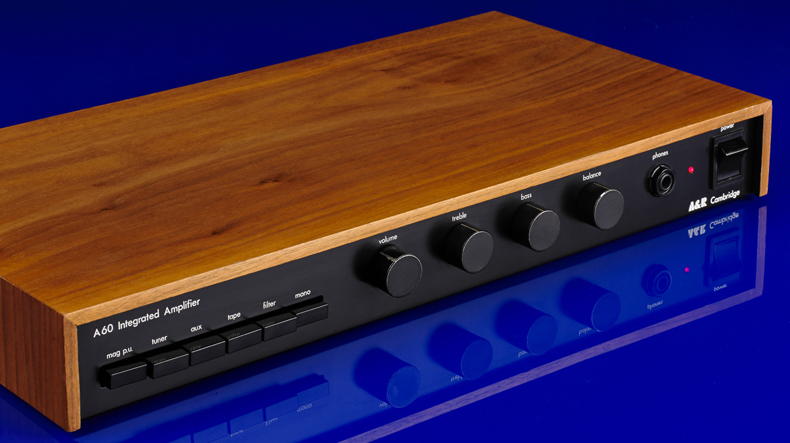The A-400 integrated amplifier from Pioneer was released in the spring of 1990 to rave reviews in the United Kingdom. The fact that Japanese amplifiers had been regarded with great distrust in the British press until then, simply because they weren’t particularly audiophile in orientation, played a part in the dynamic. For example, a decade ago, the Pioneer SA7800 was a more mainstream product, with fripperies like gaudy fluorescent power meters and tone controls that cut in at certain moments. The A-400, on the other hand, was a far more concentrated offering, focusing solely on British audiophile integrated amplifiers.
It featured no tone controls as a result, which was unusual for Japanese designs in the early 1990s! Aside from autonomous source and record switching, it didn’t have any additional features. It was aimed at the British pack of Naim Nait 2, Mission Cyrus 2, and others, but it boasted a solid Japanese build that the British designs couldn’t match at the price. Some felt a touch too ‘cottage industry’ in comparison. The A-400 was distinguished by its combination of British audiophile minimalism — for which Pioneer GB had pushed so hard – and Japanese quality. Pioneer’s Tokyo facility built established a production line for this specific British market product for the first time.
It wowed the British hi-fi press, prompting What Hi-Fi to wax lyrical and bestow an award, and Hi-Fi Choice backed it up. It was said to outperform £1,000-plus pre-power amplifier combinations. The small A-400, which retailed for £240, went on to sell approximately 30,000 units in just a few years — quite a feat! In terms of market share, it gave Pioneer about 13% of the British amplifier market. It was succeeded by the A-400X, which was produced until 1996.
It was a powerful thing, putting out 50W RMS per channel. It didn’t seem like much at the time, but it was louder than many British rivals of the time, and it could just about drive most loudspeakers – something that couldn’t be said for many of its competitors. The Pioneer had an MM/MC phono stage (with 2.5mV/ 50 kOhms and 0.2mV/ 100 kOhms, respectively) because it was an early 1990s amplifier, but it wasn’t particularly good – it was based around a relatively inexpensive op-amp. It was a competent enough performer on the line, but not nearly as good as many of the enthusiastic reviews suggested.
By the standards of the period, the original A-400 had a loud, aggressive, and muscular sound, and it was also rather rhythmic. However, it lacked the elegance and naturalness of competitors like the Musical Fidelity A1 when it came to soundstaging. It was the kind of amplifier you’d get for a difficult-to-drive pair of standmounting speakers when nothing else at the time was up to the task. The A-400X that followed was a softer-sounding device that, despite being billed as “better,” simply seemed to take some of the meat out of the sandwich. It had a somewhat more three-dimensional soundstage and a sweeter upper midband, but it lacked some of the vitality of the original, which wasn’t particularly good in this regard.
The A-400 has aged poorly in terms of appearance; it was never very handsome when new, and, like other Japanese cars, it hasn’t improved with age. Despite being well-built and finished, this 8kg amplifier didn’t have the most exotic appearance, and its somewhat narrower-than-standard width chassis (420x352x126mm) didn’t look as nice as many British competitors; it felt very plasticky in comparison. The Pioneer A-400 is a respectable amplifier, but despite its marketing, it isn’t a superb one. Even so, if you can find a near-mint one for under £100, it should last a long time.







